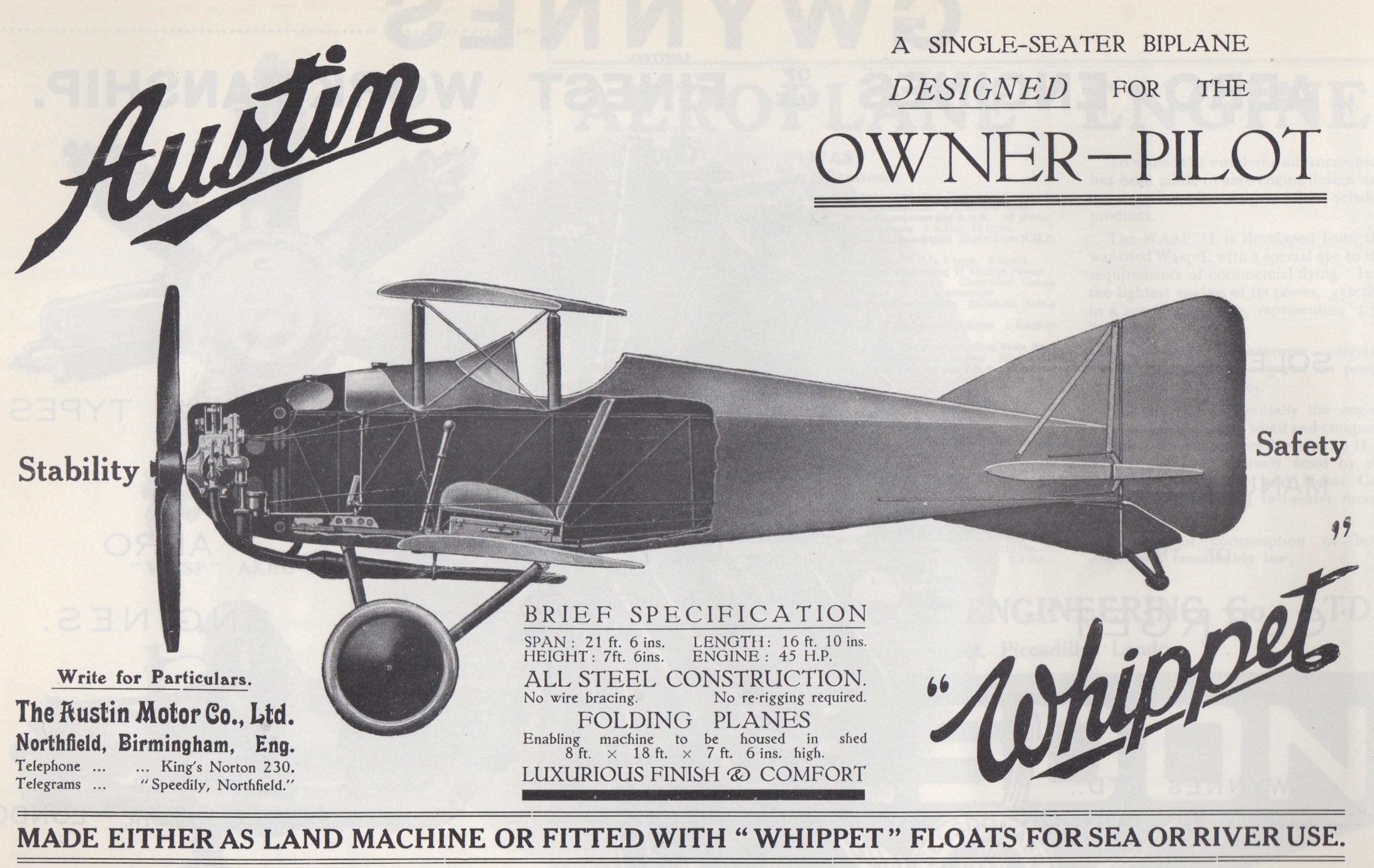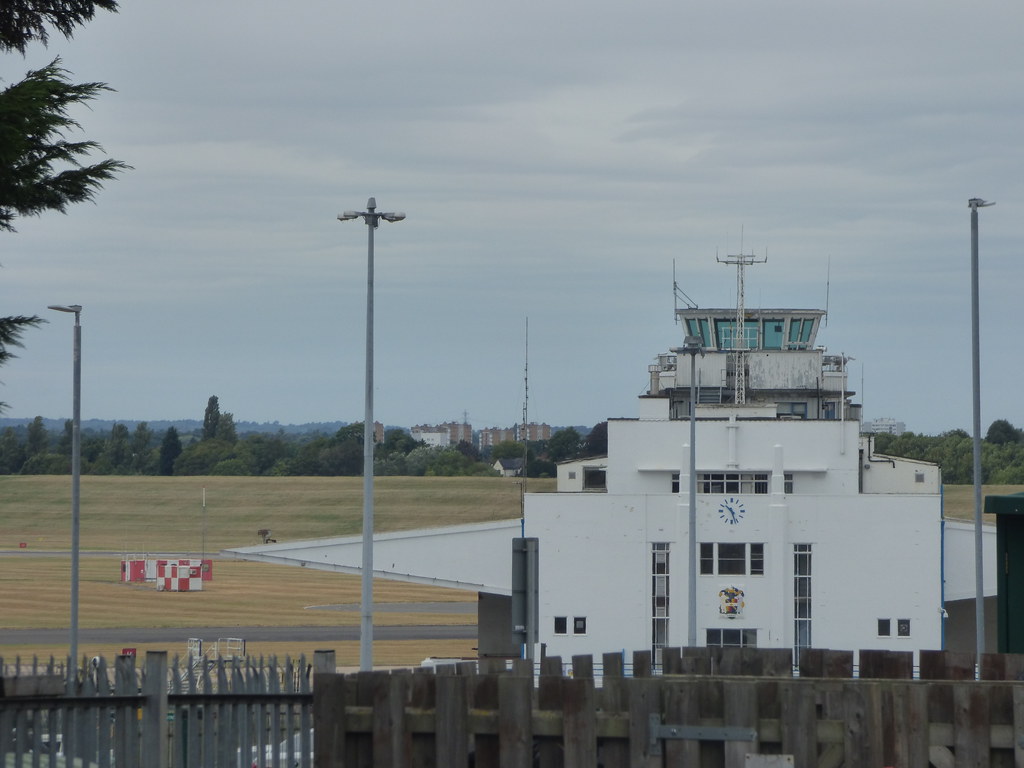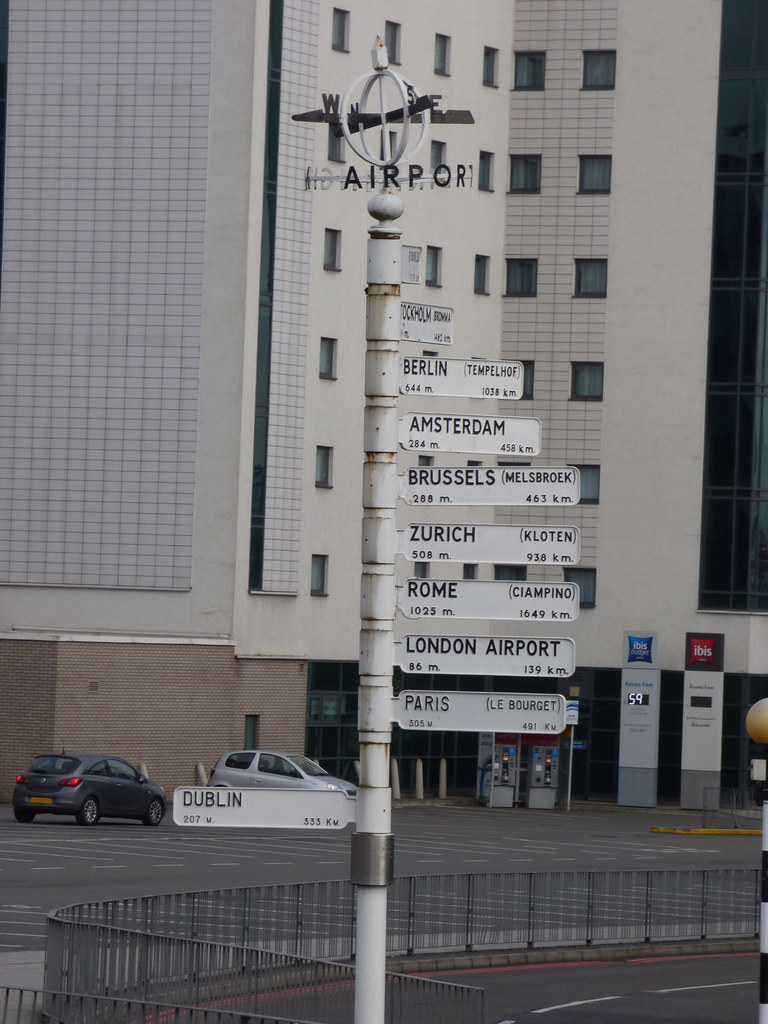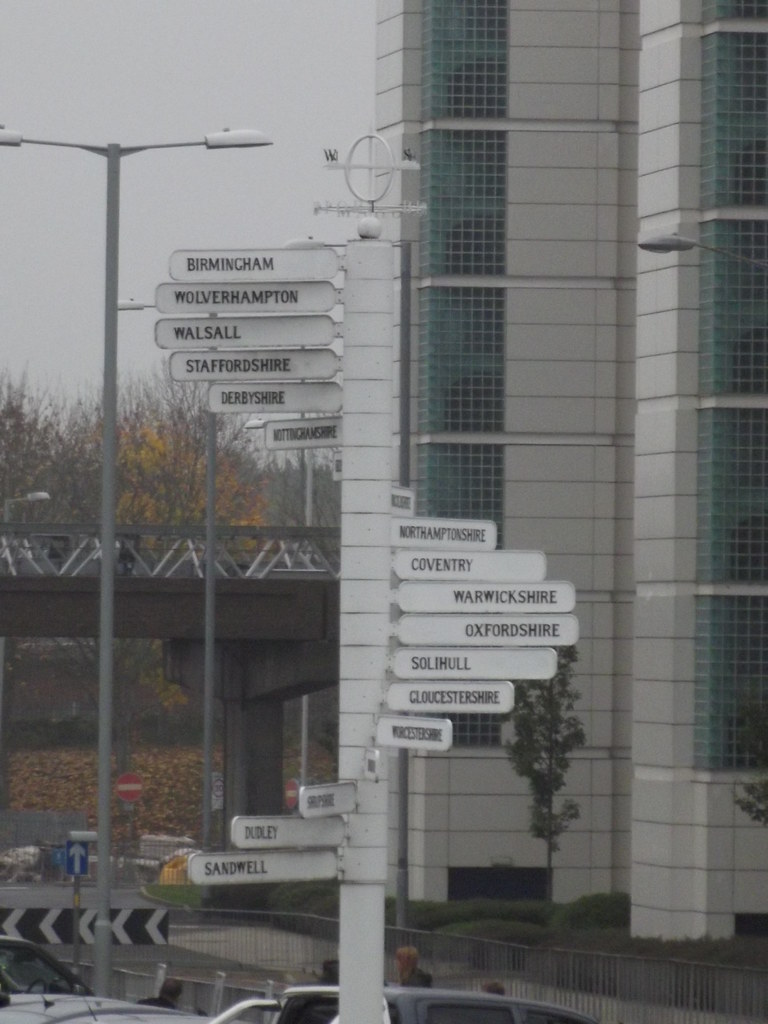New member. Interested in local history and surprised at how many of my searches call up BH Forum articles and photographs. Lots of interesting articles. Often felt on the outside looking in as there are many articles I have wanted to comment on. Consequently I took the step to join.
Re Birmingham Airport
The Hansard article below may be of interest – it concerns a claim for compensation due to a Seafire aircraft crashing on land belonging to Castle hill Farm, Jan 1946. I’ve been meaning to pass it on to an old school friend as his grandparents were tenant farmers at Castle Hill farm - which we used to visit back in the 60’s.
It’s a lengthy piece but interesting as the claimant has difficulty establishing who is responsible for damages / compensation i.e. the RAF or The Admiralty. It also references the decommissioning of the airport, which seems to have been shortly after the crash occurred.
https://hansard.millbanksystems.com/commons/1946/jul/17/crashed-aircraft-damage-bickenhill-claim








